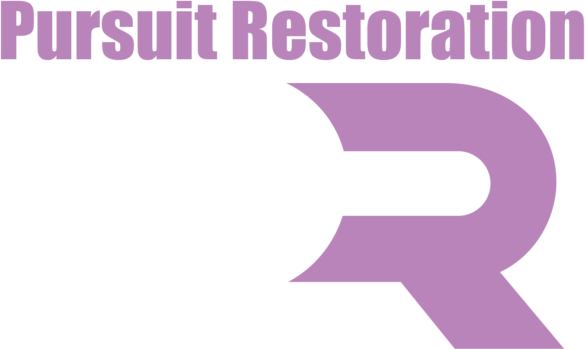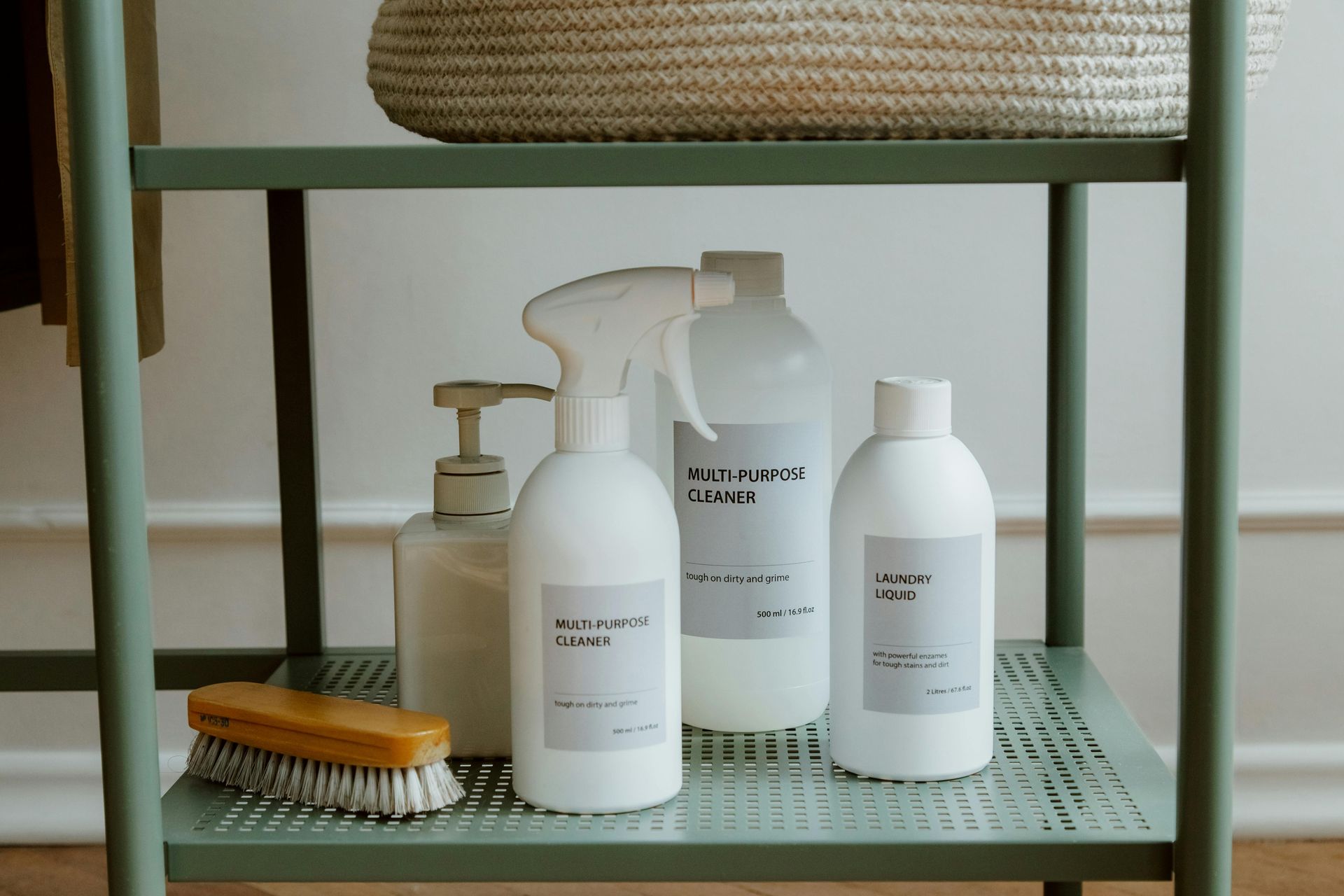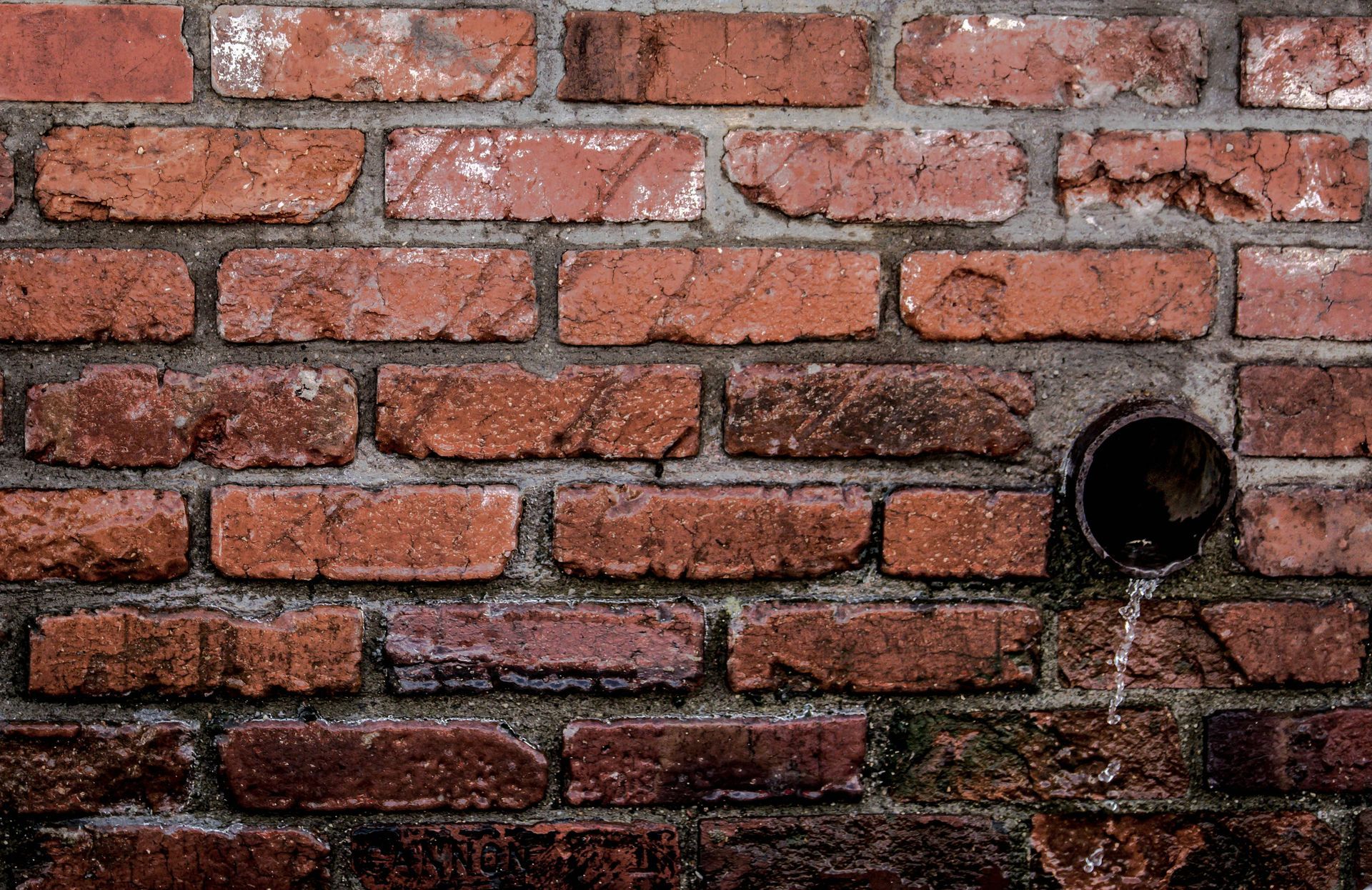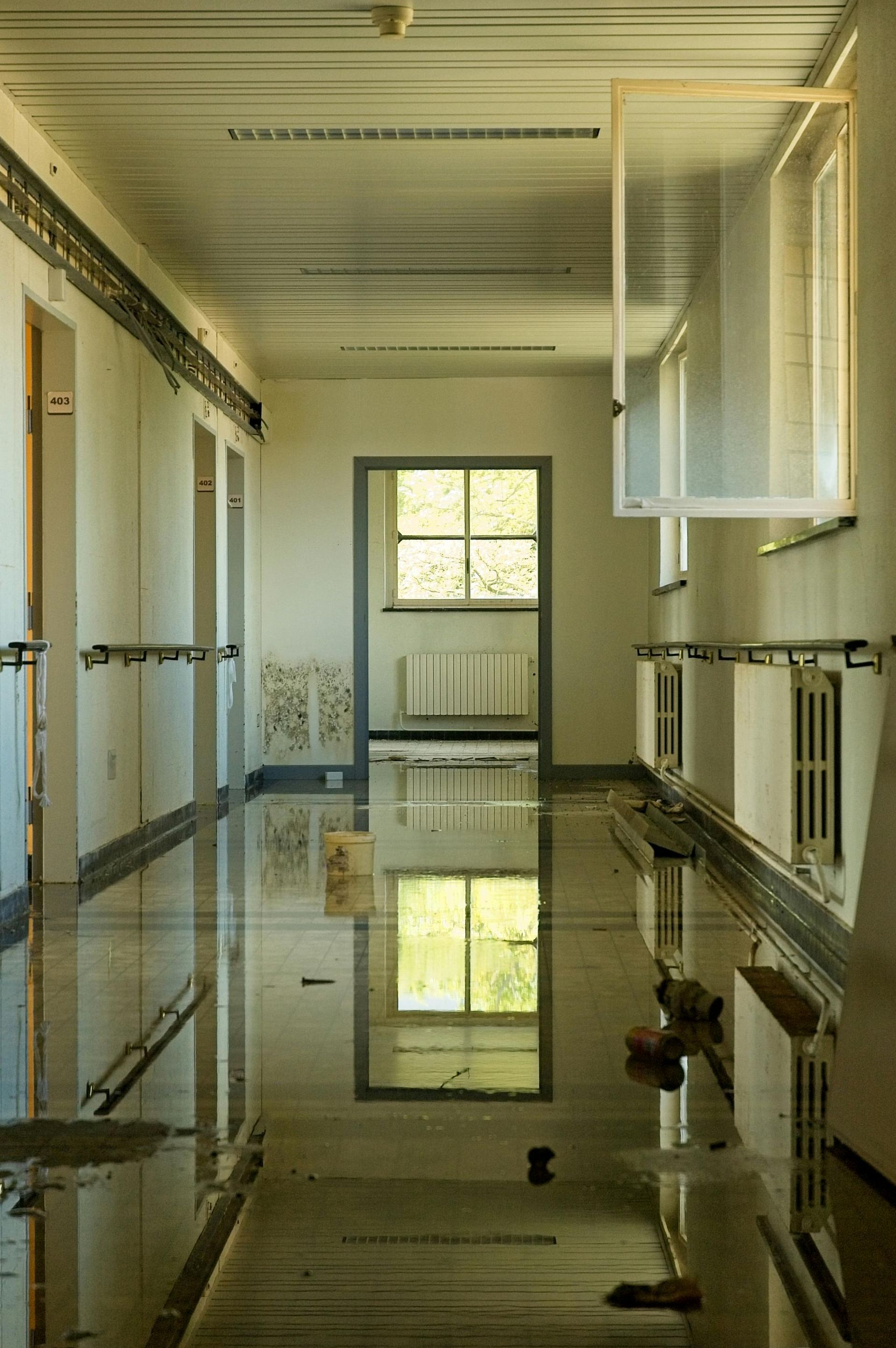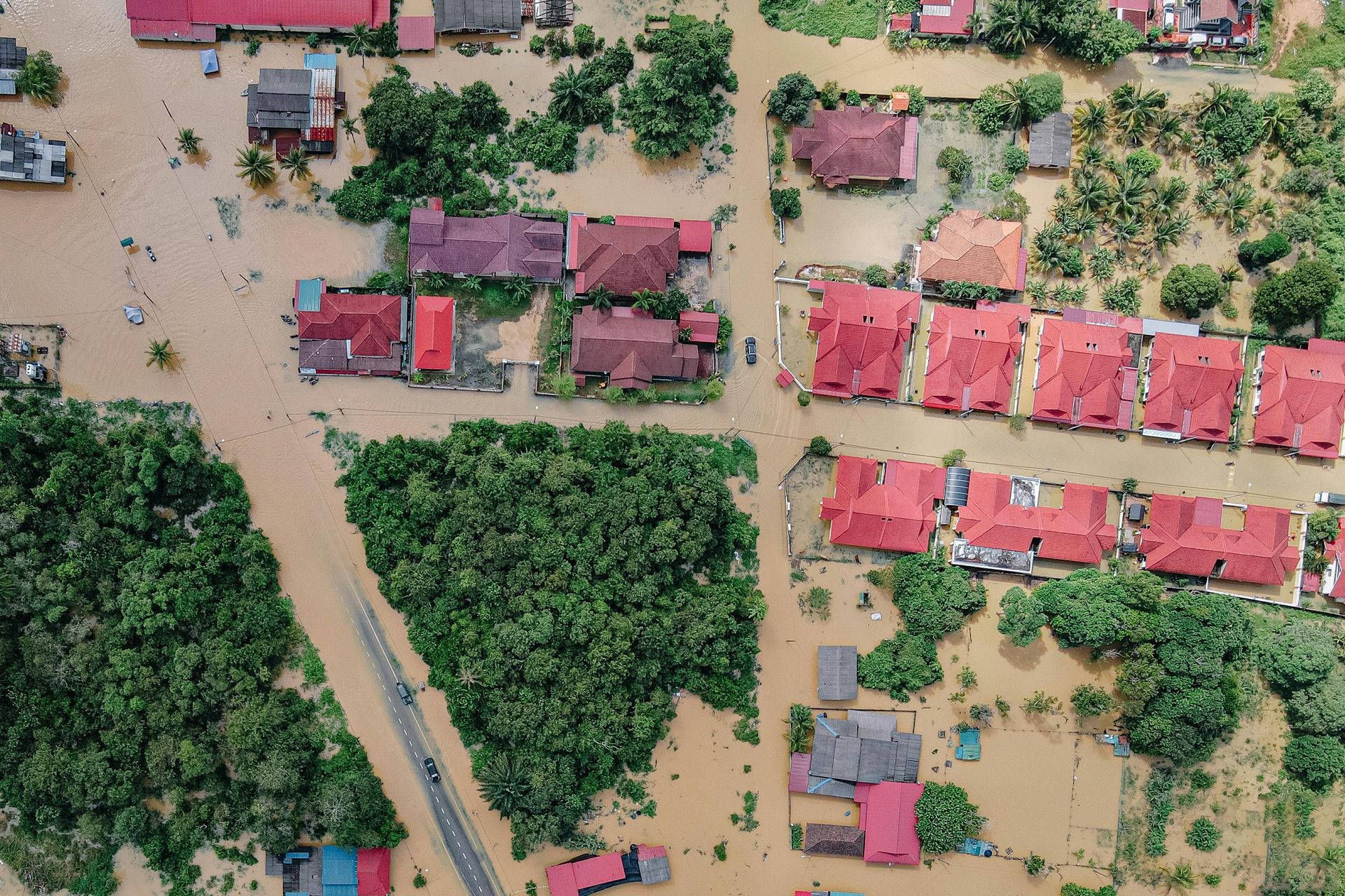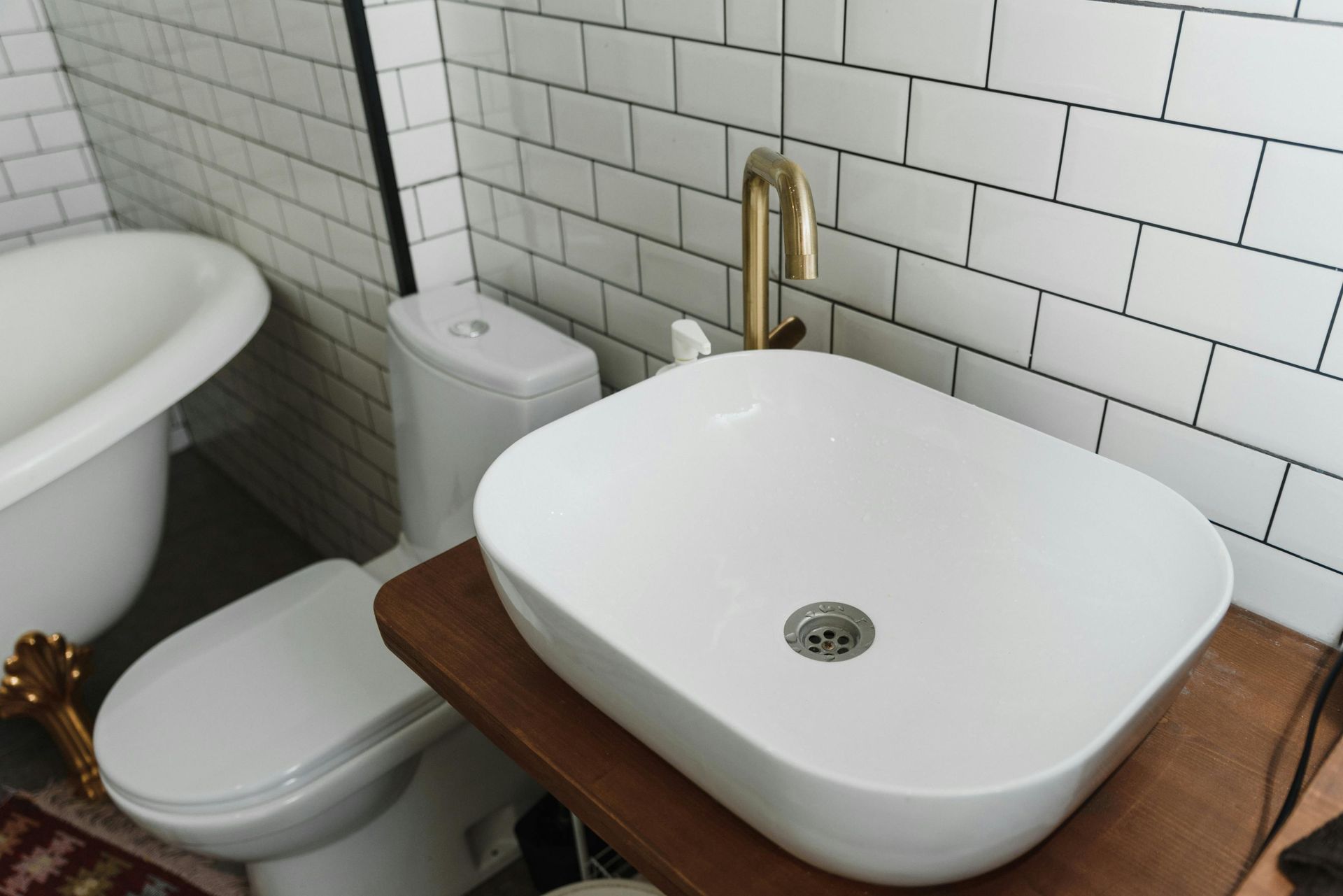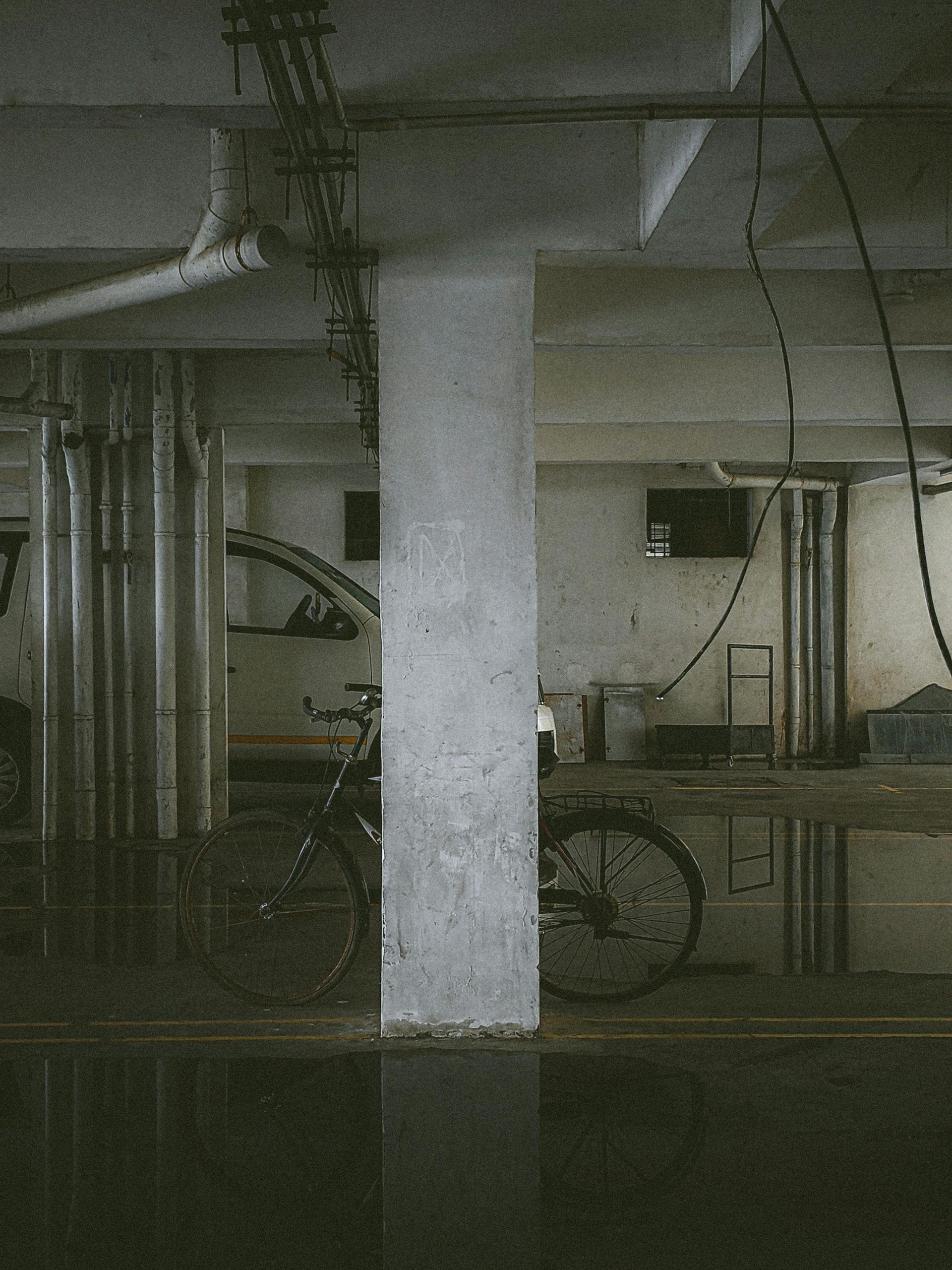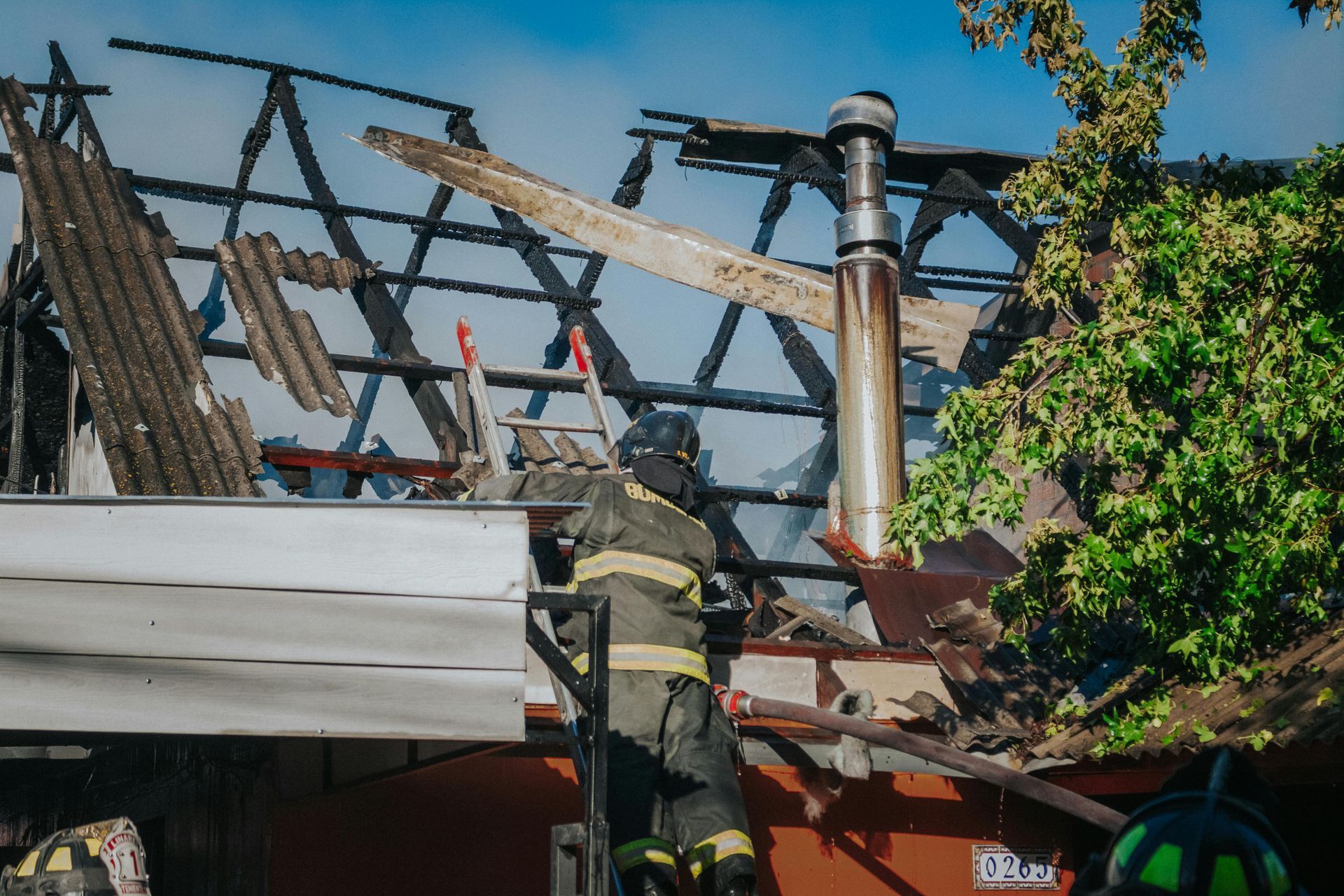How to Remove Water: A Step-by-Step Guide for Property Owners
When water gets into your home, every minute counts. A small leak or sudden flood can cause serious problems like warped floors, weakened walls, or dangerous mold. Ignoring it or waiting too long often makes the damage worse, harder to fix, and more expensive.
The good news is that you can act quickly to protect your property.
To remove water, you need to stop the source, extract standing water with pumps or wet/dry vacuums, dry the area with fans and dehumidifiers, and clean to prevent mold. By removing water the right way, you can prevent lasting damage and keep your home safe. This guide will walk you through clear and practical steps to handle water removal, from stopping the source to restoring your property.
Key Takeaways
- When water gets into your home, stopping the water source and removing it quickly helps keep damage from getting worse.
- Using tools like pumps, vacuums, fans, and dehumidifiers speeds up drying and lowers the chance of mold growth.
- Cleaning and tossing out wet materials that can’t be saved helps keep your home healthy and mold-free.
- Some water damage needs pros who have specialize equipment and know-how, especially when flooding is bad or mold shows up.
- Doing regular home checks, like looking for leaks and keeping gutters clear, can stop water damage before it starts.
Understanding Water Damage and Its Risks
Water damage happens when unwanted water infiltrates your property through floods, leaks, or burst pipes. This can quickly lead to problems beyond just wet surfaces.
Removing water right away is crucial because standing water can cause mold growth within 24 to 48 hours. Mold not only damages building materials but also poses health risks such as allergies and respiratory issues. Water can weaken your home’s structure, leading to sagging floors or compromised walls. Additionally, standing water increases the risk of slips and electrical hazards if it comes into contact with wiring or outlets.
Being aware of these risks makes it clear why quick and proper water removal is essential to protect your home and health.
Step 1: Ensure Safety Before Water Removal
Safety must come first before trying to remove any water from your home. Water mixed with electricity creates a serious shock hazard, and structural damage can make areas unsafe to enter.
Here are actionable steps to protect yourself and anyone helping with cleanup:
- Turn off the electricity at the main breaker panel. Avoid using electrical devices or switches in flooded areas.
- Shut off the gas supply if you detect any leaks or suspect damage to gas lines. Call the gas company if unsure.
- Assess the structural stability of your home. Look for sagging floors, cracked walls, or ceiling damage before entering waterlogged areas. If you feel unsure about safety, wait for a professional inspection.
- Wear protective equipment. Rubber boots keep your feet dry and safe from electrical hazards. Gloves protect your hands from contaminated water and sharp debris. Masks help reduce inhaling mold spores or dust.
- Avoid direct contact with standing water if it looks dirty or has a strange odor, as it might contain bacteria or chemicals.
Taking these precautions helps prevent accidents and ensures you can focus safely on removing the water, making the process more effective and less risky.
Step 2: Remove the Water Source and Stop Further Water Entry
Stopping the water from coming in is a crucial step before beginning removal. If the source isn’t controlled, more water will continue to damage your property, making cleanup much harder.
Here are clear steps property owners can take to stop further water entry:
- Locate the source of the water. This may be a broken pipe, leaking appliance, roof damage, or floodwater entering from outside.
- Turn off the main water supply or specific valves controlling the leaking section to stop water flow.
- If flooding is from outside, close doors, windows, and vents to prevent more water from entering your home.
- Use plastic sheeting, tarps, or sandbags to seal off and protect vulnerable areas temporarily.
- For roof leaks, cover the damaged section with waterproof tarps until permanent repairs can be made.
Controlling the water source quickly minimizes the amount of water cleanup needed and reduces damage to your home’s structure and belongings.
Step 3: Water Extraction Methods
Removing standing water is the next critical step after stopping the source. The method you use depends on how much water is present and the resources available. Here’s what you cand o as property owners:
- For small amounts of water, start with basic tools like mops, buckets, and absorbent towels to soak up and remove water from floors.
- Use a wet/dry vacuum for moderate water pooling. These vacuums are designed to safely remove water from carpets, floors, and low-lying areas.
- For larger volumes of water or flooding, pumps are more effective. Submersible pumps or utility pumps can remove water quickly from basements or large areas.
- In cases of severe water damage, industrial water extraction equipment is needed. These powerful machines can extract large quantities of water and reach deep into walls and floors.
- Don’t hesitate to call professional water damage restoration services for severe flooding. They have specialized tools and expertise to handle extensive water removal safely and efficiently.
Removing water quickly is essential to reduce damage and speed up the overall drying and restoration process.
Step 4: Drying and Dehumidification
After removing the water, your property needs thorough drying to prevent mold and ongoing damage. Damp materials and air moisture encourage mold growth and structural issues if left unchecked. Here’s how to effectively dry out your home:
- Use high-powered fans and air movers to increase airflow and help evaporate moisture from floors, walls, and furniture.
- Run dehumidifiers to reduce indoor humidity, aiming to keep relative humidity between 40% and 50% to slow mold growth.
- Open windows and doors if weather allows to improve ventilation and speed drying.
- Monitor moisture levels with a moisture meter to ensure all areas are drying properly.
- Drying times vary, but expect several days up to a week depending on damage severity and climate conditions.
Proper drying is essential to protect your home’s structure and avoid costly mold problems later.
Step 5: Cleaning, Disinfecting, and Mold Prevention
Once your home is dry, cleaning and disinfecting helps eliminate bacteria and mold spores left behind by water damage. This step is key to creating a healthy environment and preventing future mold growth. Consider these actions:
- Clean all surfaces affected by water using appropriate disinfectants to kill germs and mold spores.
- Remove and discard porous materials that cannot be fully dried or cleaned, such as soaked carpets, insulation, drywall, and ceiling tiles.
- Apply antimicrobial treatments to surfaces prone to mold growth to prevent mold from returning.
- Keep an eye out for signs of mold growth like musty odors or visible spots, and address them promptly.
- If mold is widespread or you have health concerns, hire professional mold remediation experts for safe and thorough removal.
Thorough cleaning and disinfection ensure your home stays safe and mold-free after water removal.
Step 6: Restoration After Water Removal
After drying and cleaning, the final step is restoring your home to its original condition. This can range from minor repairs to larger construction work, depending on the damage. Here’s what homeowners should expect:
- Repair or replace damaged drywall, flooring, insulation, and fixtures that were removed or compromised by water.
- Repaint walls and ceilings that were repaired or affected by staining and moisture.
- Consider hiring professional contractors for structural repairs or specialized restoration tasks.
- Check that all repairs meet safety standards and local building codes.
- Inspect your home once restoration is complete to ensure everything is fully repaired and safe.
Restoration brings your home back to life and helps protect your investment for years to come.
When to Call a Professional Water Damage Restoration Service
Sometimes water damage is too severe or complicated for a DIY fix. Recognizing when to call a professional can save time, money, and stress. Consider professional water damage restoration help if:
- Flooding covers large areas of your home or basement.
- Water has soaked deep into walls, floors, or ceilings.
- Mold is already visible or there is a strong musty odor.
- Electrical systems, appliances, or gas lines have been affected.
- You want expert help with insurance claims and paperwork.
Professional restoration companies use advanced equipment to extract water faster, dry thoroughly, and remediate mold safely. They also provide documentation to support insurance claims, making the process smoother for you.
Knowing when to call experts ensures your home is fully restored with minimal risk.
Tips to Prevent Future Water Damage
Preventing water damage is easier than repairing it. Property owners can take simple, proactive steps to reduce the risk of leaks or flooding. Consider these practical tips:
- Schedule regular plumbing inspections to catch leaks or weaknesses early.
- Install water detection alarms near appliances like water heaters, washing machines, and sinks to get alerts for leaks.
- Keep gutters, downspouts, and drainage systems clear to direct rainwater away from your home.
- Seal basement walls, foundations, and exterior cracks to prevent groundwater seepage.
- Inspect and maintain your roof, repairing damaged or missing shingles promptly.
- Ensure sump pumps are working properly if you have a basement prone to flooding.
Taking these preventative measures protects your property and reduces the likelihood of costly water damage in the future.
Act Fast to Protect Your Property
Water damage can happen suddenly, but quick action saves your home and money. Stop the source, remove water promptly, dry thoroughly, clean and repair. When needed, call experts like Pursuit Restoration for help. The sooner you act, the better your chances of minimizing damage and keeping your property safe and healthy.
Prompt water removal is the best defense against lasting damage and costly repairs.
Get Help Fast to Protect Your Home
Water damage can happen when you least expect it, but you don’t have to handle it alone. Whether it’s a small leak or a major flood, Pursuit Restoration is ready to help you remove water quickly and restore your property.
Don’t wait until the damage gets worse.
Schedule a service online today or call
(208) 515-6503 to learn more about how we can protect your home and peace of mind.
